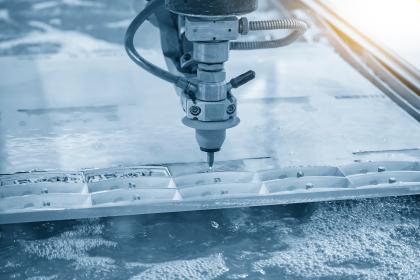What is packing?
Packing typically refers to the use of packing materials in various industrial applications to create a tight seal between a rotating or reciprocating shaft and its housing or stuffing box. It is commonly used in mechanical devices such as pumps, valves, and other rotating equipment to prevent leaks of fluids such as water, oil, chemicals, or gases along the shaft.
Material
Mechanical packing typically consists of braided or twisted strands of compressible materials, such as graphite, PTFE (polytetrafluoroethylene), aramid fibers, carbon fibers, or synthetic yarns. The packing material is chosen based on the specific requirements of the application, considering factors such as the type of fluid or gas being sealed, temperature, pressure, and other environmental conditions. The proper selection and installation of packing are crucial for maintaining the integrity of the sealed system and ensuring their effectiveness in preventing leaks.
Types
- Gland Packing: also known as shaft packing or simply packing, is commonly used in pumps and valves. It involves wrapping a compressible material, often made of materials like graphite, PTFE, aramid fibers, or synthetic yarns, around a rotating or reciprocating shaft to create a seal.
- O-Rings: O-Rings are circular rubber or elastomeric seals designed to fit into a groove and create a tight seal between two mating parts. They are widely used in hydraulic systems, pipelines, and various mechanical applications.
- Valve Stem Packing: Used in valves, valve stem packing prevents the leakage of fluids around the valve stem. It is commonly made from materials like PTFE or graphite and is designed to withstand the specific conditions of the fluid being handled.
- Pump Packing: Pump packing is employed in pumps to seal the space between the rotating shaft and the pump housing. It prevents the leakage of liquids and is crucial for the efficient operation of the pump.
Benefits
- Effective sealing under a wide range of operating conditions, pressures, and temperatures.
- Resistance to chemical attack, abrasion, and wear, depending on the packing material composition.
- Ease of installation, adjustment, and maintenance, allowing for quick replacements and downtime reduction.
- Compatibility with various shaft materials and equipment configurations.
- Cost-effectiveness compared to other sealing solutions such as mechanical seals.


